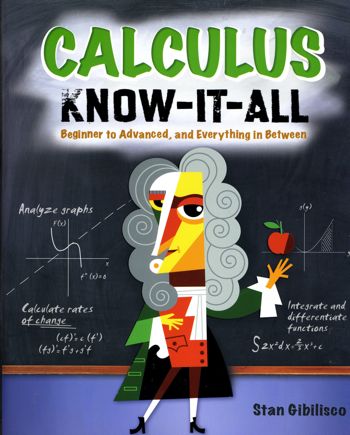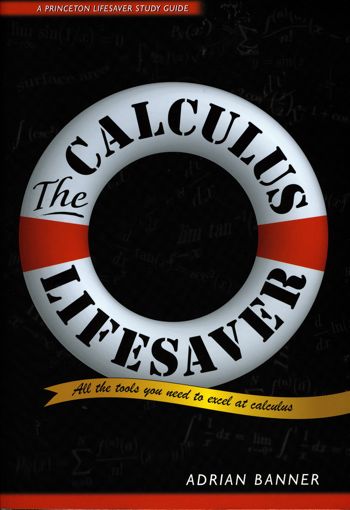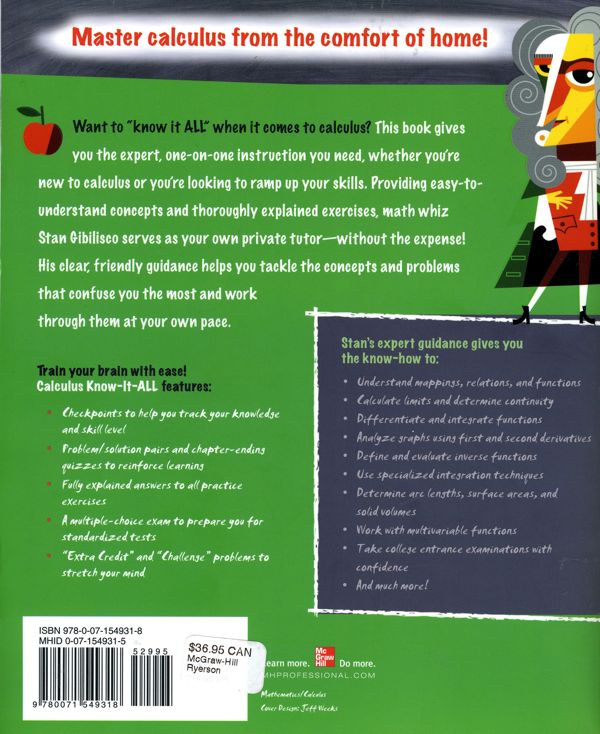
2009 Daley Log
Page 3
I am off to a roaring start. Twenty minutes ago I decided to try copying the general format of my model trains web site into a new web site for keeping track of my 2009 Mathematics Learning.
The timing is excellent. It is too cold for much outside activity and I have just begun my latest attempt to refresh my Learning of calculus.
The basic format is simple. There are two types of web pages. One type, the Log page, keeps track of my mathematics commentary for the day. The second type, the Activities page, is the actual record of my mathematics. Usually this will involve a scan of my handwritten work.
We are back from a Bacon BELT and coffee at Tim Hortons. I have completed the formatting for this web site and am now ready to do a little mathematics.
Earlier this week I read and completed the exercises for Chapter 1 Single-Variable Functions from Calculus Know-It-All (2009) by Stan Gibilisco. The next chapter describes Limits.
I then had a look at my other calculus books and decided that I should now review the first two chapters from The Calculus Lifesaver (2007) by Adrian Banner. The third chapter then describes Limits. These two chapters are more detailed than Gibilisco's and the combination of these two chapters plus Gibilisco's should give me a good foundations for reading about limits.
I have just found a few pages of notes that I made last October when I first began to study calculus. This only lasted for a few days, but the notes are instructive. I also notice that I used a yellow highlighter when reading the Banner book.
Let me make explicit my overall Learning Strategy.
First, let me outline the basic idea. Calculus is the mathematics of functions, and in particular the study of limits of functions. Some ideas are more fundamental than others. Thus the concepts of function, continuity and limit are basic prerequisites to an understanding of derivative and integral. Let me repeat.
Here are the 5 key concepts of calculus:
- function
- continuity
- limit
- derivative
- integral.
The basic idea defining a function is that it is a rule for describing the relationship between two sets of elements.
There are many different ways to present a rule. For example:
There are also many refinements to the concept of function.
And all of this is happening at the same time!
Here are all the key terms:
I am able to say something meaningful about each of these terms when I see it. I feel that I have a strong understanding of the material in this chapter.
The Banner book is quite different. There are NO exercises to complete! The book is quite detailed, but the focus is on the basic concepts. Particular examples are worked out in detail but there are no additional exercises for the learner. When I first encounter an example, I should immediately close the book and see if I can work through it. Then I can compare my answer with the approach described by Banner.
Chapter 1 Functions, Graphs and Lines
Here are the key terms (blue is not in Gibilisco, red needs practice):
Time for a break. But this has been a very enjoyable and productive session. The next task is to carefully read the appropriate sections in Banner that correspond to the red terms in the above list.
Books on the Go Today |
|
 |
see below |
 |
see below |

